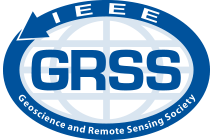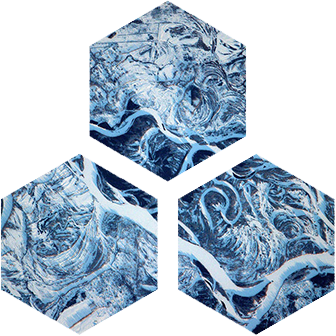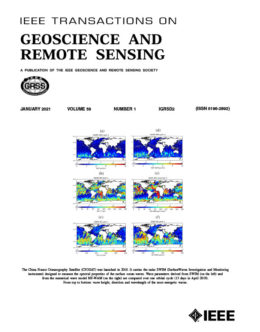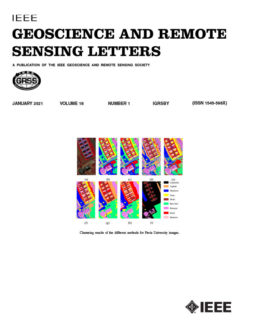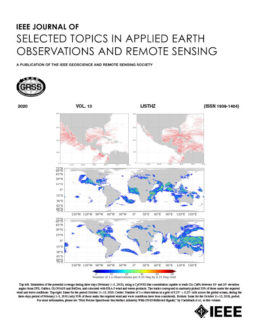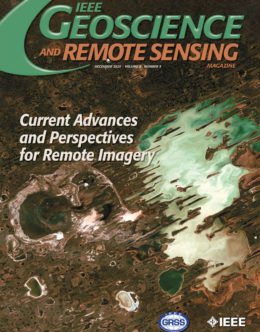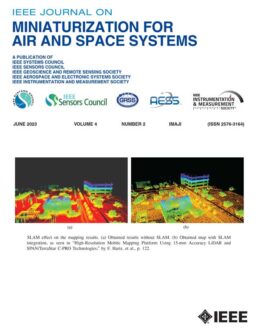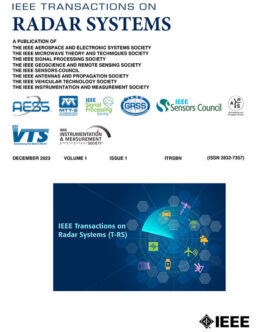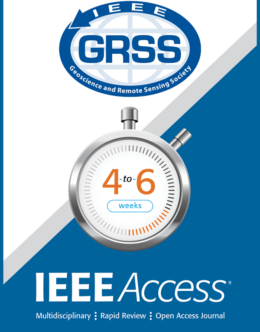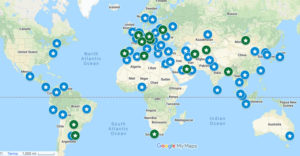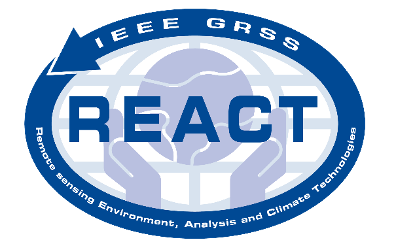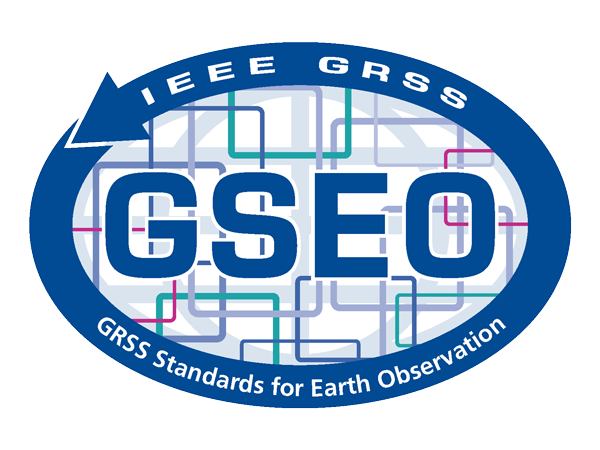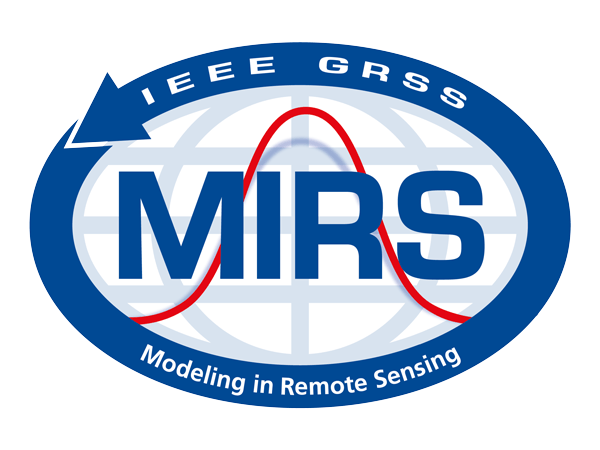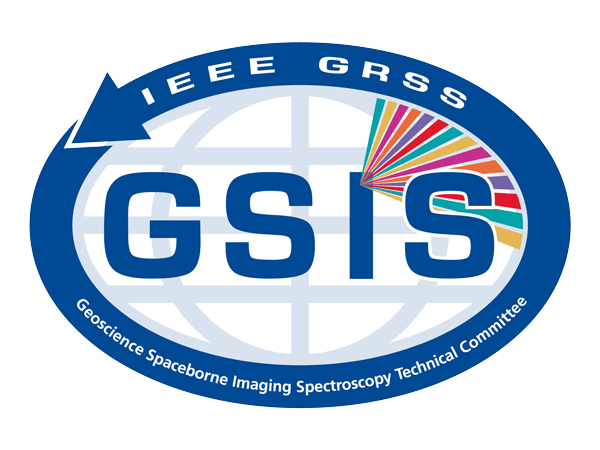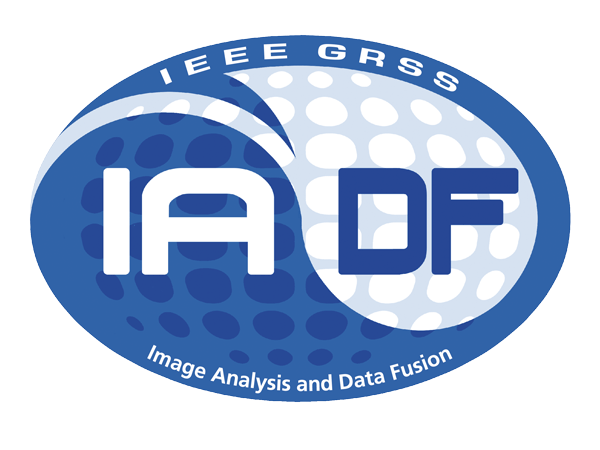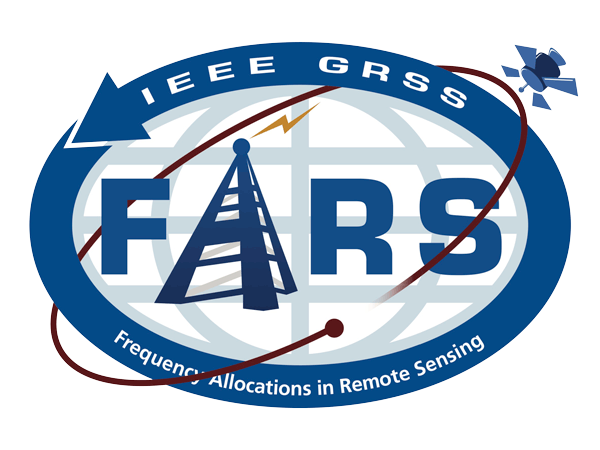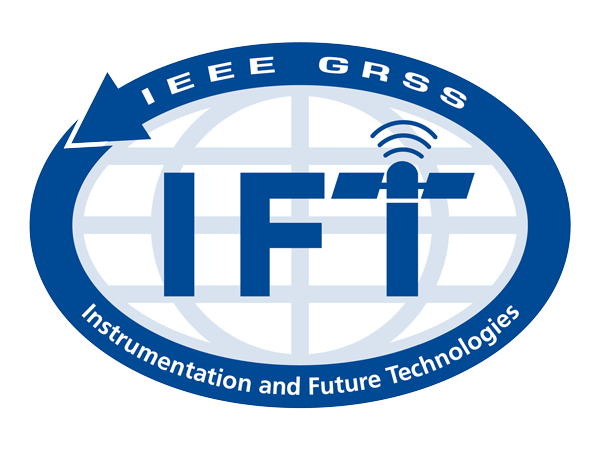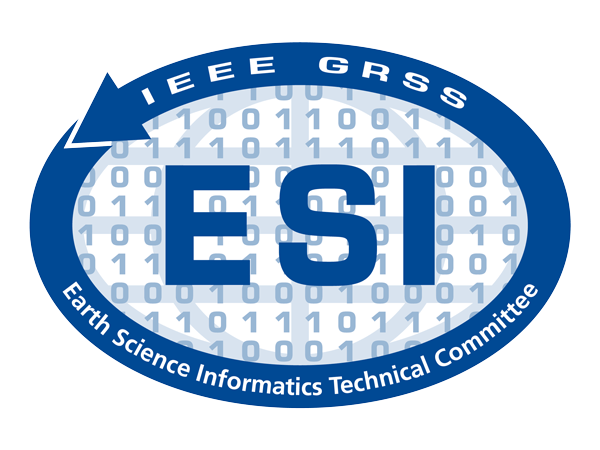Geoscience and Remote Sensing
What is Geoscience?
Geoscience (also called Earth Science) is the study of Earth its oceans, atmosphere, rivers and lakes, ice sheets and glaciers, soils, its complex surface, rocky interior, and metallic core. This includes many aspects of how living things, including humans, interact with the Earth. Geoscience has tools and practices of its own but is intimately linked with the biological, chemical, and physical sciences.
Geoscience studies the processes that form and shape Earth’s surface, the natural resources we use, and how water and ecosystems are interconnected. Geoscience investigates the past, measures the present, and models the future behavior of our planet. But it also involves the study of other planets, asteroids, and solar systems, both to better understand the Earth and to expand our knowledge of the universe.
source: www.usgs.gov and www.americangeosciences.org
What is Remote Sensing?
Remote sensing is the process of detecting and monitoring the physical characteristics of an area by measuring its reflected and emitted radiation at a distance (typically from satellite or aircraft). Special cameras collect remotely sensed images, which help researchers “sense” things about the Earth. Some examples are:
- Cameras on satellites and airplanes take images of large areas on the Earth’s surface, allowing us to see much more than we can see when standing on the ground.
- Sonar systems on ships can be used to create images of the ocean floor without needing to travel to the bottom of the ocean.
- Cameras on satellites can be used to make images of temperature changes in the oceans.
Some specific uses of remotely sensed images of the Earth include:
- Large forest fires can be mapped from space, allowing rangers to see a much larger area than from the ground.
- Tracking clouds to help predict the weather or watching erupting volcanoes, and help watching for dust storms.
- Tracking the growth of a city and changes in farmland or forests over several years or decades.
- Discovery and mapping of the rugged topography of the ocean floor (e.g., huge mountain ranges, deep canyons, and the “magnetic striping” on the ocean floor).
source: www.usgs.gov
What is Geoscience and Remote Sensing?
The intersection of Geoscience and Remote Sensing which is to understand the interaction between human activities, the Earth system and our living environment through the combination of observational data science and physical modeling.
The fields span science and engineering, and include theory, concepts, and techniques of remote sensing of the Earth, oceans, atmosphere, and space, as well as the processing, interpretation, and dissemination of this information:
- Remote Sensing of Land and Surface Processes
- Remote Sensing of the Atmosphere and Oceans
- Remote Sensing of the Cryosphere
- Remote Sensing of Solid Earth and Geodynamic Processes
- Remote Sensing and Mitigation of Natural Disasters
- Remote Sensing Data Processing Techniques
- Electromagnetics and Radiative Transfer
- Sensors, Platforms, and Instruments for Remote Sensing
- Education, Standards and Policy
